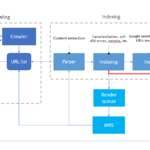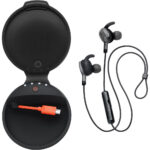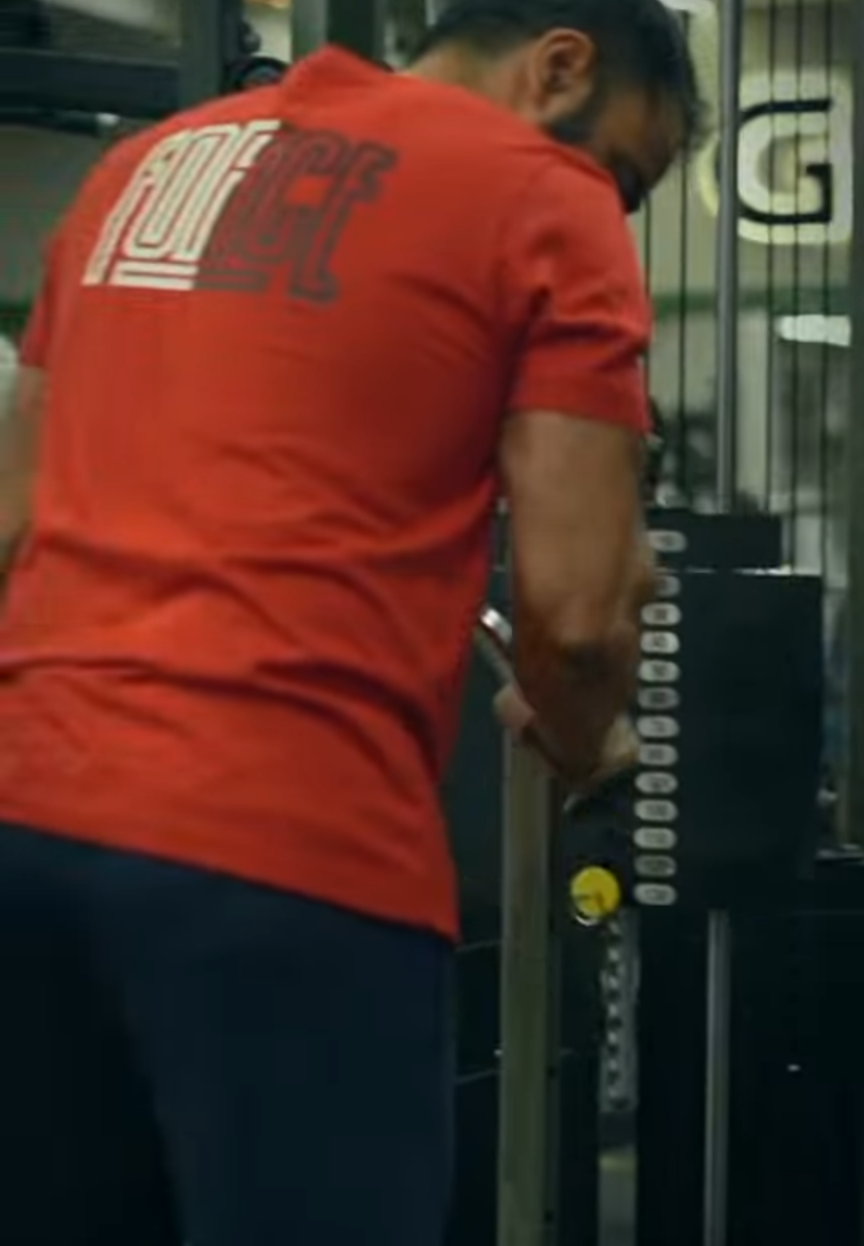How to Make Lasting Change: Align Your Mind, Emotions, and Environment
By Sonali Behera, Fittr Coach
#fittrcoach #mindsetshift #fitnessmotivation #healthyhabits #lastingchange
Making a lasting change in your fitness, health, or lifestyle journey isn’t just about setting goals—it’s about understanding how change works in the brain and environment. Most people struggle because they rely only on willpower, which eventually fades.
In reality, to create sustainable transformation, you need to focus on three essential components:
- The Rider – your logical brain
- The Elephant – your emotional brain
- The Path – your surroundings and daily environment
This framework, inspired by behavioral science, explains why we resist change and how to overcome it effectively. Let’s take a deeper look at each one.
The Rider – Mastering Your Logical Brain
Why Your Brain Craves Clarity
Your logical brain—called the Rider—is the part that plans, rationalizes, and sets goals. It wants to do what’s right, but it needs clear, specific instructions to act. Without clarity, your Rider hesitates, leading to inaction or inconsistency.
Set Specific, Measurable Daily Tasks
Examples of clear instructions for your Rider:
- “I will work out at the gym from 8:00 AM to 9:00 AM – Upper body strength training.”
- “After my morning coffee, I’ll complete a 20-minute HIIT workout.”
- “Every Sunday at 4:00 PM, I will meal prep grilled chicken, brown rice, and steamed veggies.”
- “I’ll drink 2 liters of water before 8:00 PM today.”
- “For breakfast: 2 boiled eggs, 1 slice of toast, and black coffee. No snacking until lunch.”
- “At night, phone off by 10:30 PM, lights out by 11:00 PM.”
The more specific your plan, the easier it becomes to follow through.
Action Tip:
Use a daily planner or habit-tracking app to schedule tasks in time blocks. Treat fitness habits like calendar appointments.
The Elephant – Engaging Your Emotional Brain
Why Emotion Is More Powerful Than Willpower
Your emotional brain—referred to as the Elephant—is driven by feelings, comfort, and safety. It resists discomfort and loves routine. If your emotions aren’t aligned with your goals, the Elephant will overpower the Rider every time.
That’s why people fall off track—not because they’re lazy, but because their emotional needs aren’t being acknowledged or addressed.
Define Your Emotional “Why”
To engage your Elephant, anchor your habits in personal emotional motivation—your “why.” This is the fuel that keeps you moving when discipline wavers.
Strong emotional reasons:
- “I want to lower my cholesterol so I can live a long, healthy life with my children.”
- “I want to feel confident wearing any clothes without hiding behind layers.”
- “I’m tired of disappointing myself. I want to become someone I can rely on.”
- “I’m scared of having a stroke or heart attack—I want to take control before it’s too late.”
- “I want to be energetic and active when I play with my kids instead of getting tired.”
Action Tip:
Create a “Why Wall” at home—write your top 3 emotional reasons on sticky notes and place them on your mirror, fridge, or wardrobe.
The Path – Shaping Your Environment for Success
Set Up Your Space for Easy Wins
The Path is your environment. It’s where you live, work, and make decisions. Often, people blame themselves for not sticking to a habit, but the problem is usually their surroundings.
Instead of forcing discipline, engineer your environment so that the healthy choice is also the easiest choice.
Make Strategic Adjustments
Practical examples to optimize your Path:
- Want to work out consistently? Choose a gym that’s close to home or work—not one that’s a 45-minute drive away.
- Want to reduce alcohol intake? Don’t store alcohol at home.
- Want to avoid junk food? Stop buying chips, cookies, or sugary drinks during grocery runs.
- Want to eat healthier? Prep meals on weekends and stock your fridge with ready-to-go healthy options.
- Want better sleep? Create a calming nighttime routine—dim the lights, no screens after 10 PM, no late-night thrillers in bed.
Action Tip:
Audit your home and routine. Remove friction from good habits and add friction to bad ones. For example, keep your gym clothes on the chair, not buried in a drawer.
How to Combine All Three for Real, Sustainable Change
Change is hard—but not impossible.
When your Rider (logical brain) knows what to do,
your Elephant (emotional brain) knows why to do it,
and your Path (environment) makes it easy to do,
then change doesn’t just happen—it sticks.
This framework isn’t just for fitness. You can apply it to eating habits, work goals, relationships, or any area where you want to grow.
Final Thoughts from Coach Sonali Behera
Transformation doesn’t come from perfection—it comes from understanding yourself and designing your life in a way that supports your goals.
As your coach, I encourage you to take the first step today. Start with one clear habit, find your emotional “why,” and optimize your environment.
And remember, you don’t have to do this alone. I’m here to guide you through every stage of your journey.
You’ve got this. Let’s ride the Elephant in the right direction!
#fittrcoach #sonalibehera #mindsetforchange #fitnessjourney #healthylifestylecoach #habitbuilding #coachlife #sustainablefitness #fittrtransformation









